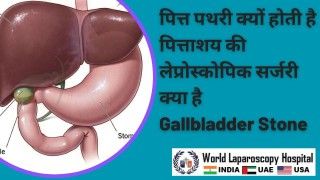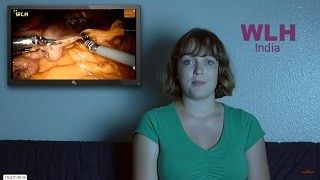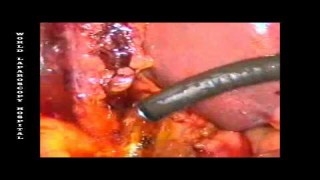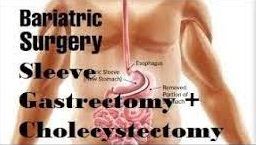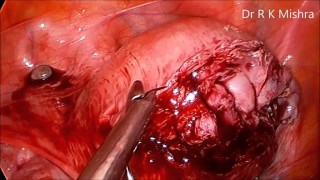Robotic total hysterectomy with three port by suturing uterine artery
Add to
Share
240 views
Report
2 months ago
Description
Robotic surgery has transformed gynecologic procedures by offering enhanced precision, reduced blood loss, and faster recovery. One of the advanced techniques in this field is the robotic total hysterectomy with a three-port approach, where the uterine artery is carefully sutured rather than coagulated. This method is particularly beneficial in preserving surrounding tissues and minimizing intraoperative complications. Procedure Overview The procedure involves the complete removal of the uterus, including the cervix, using a robotic-assisted platform. The three-port technique involves: Camera port – placed at the umbilicus for optimal visualization. Two working ports – strategically placed laterally to allow precise instrument movement. Using robotic arms, the surgeon gains enhanced dexterity and 3D visualization, allowing meticulous dissection and suturing. Suturing the Uterine Artery Traditionally, uterine arteries are cauterized, but in this technique, the arteries are sutured individually using fine absorbable sutures. Benefits include: Reduced thermal injury to adjacent structures such as the ureters and bladder. Decreased risk of delayed bleeding. Better preservation of pelvic tissue integrity. The artery is carefully skeletonized, isolated, and ligated with precise robotic suturing, which ensures secure hemostasis without relying on energy devices. Advantages of Robotic Three-Port Hysterectomy with Suturing Minimal Blood Loss: Suturing arteries reduces intraoperative bleeding. Precision: Robotic articulation allows suturing in confined pelvic spaces. Reduced Pain and Recovery Time: The minimally invasive three-port approach leads to smaller incisions and faster postoperative recovery. Lower Risk of Complications: Avoids excessive thermal damage, preserving surrounding organs. Postoperative Outcomes Patients undergoing robotic total hysterectomy with uterine artery suturing typically experience: Short hospital stay (often 24–48 hours). Reduced postoperative pain. Quick return to daily activities. Conclusion Robotic total hysterectomy using a three-port approach with uterine artery suturing represents an advanced, safe, and effective technique in minimally invasive gynecologic surgery. By combining precision suturing with robotic dexterity, this approach improves patient outcomes, minimizes complications, and exemplifies the evolution of modern gynecologic surgery.
Similar Videos


